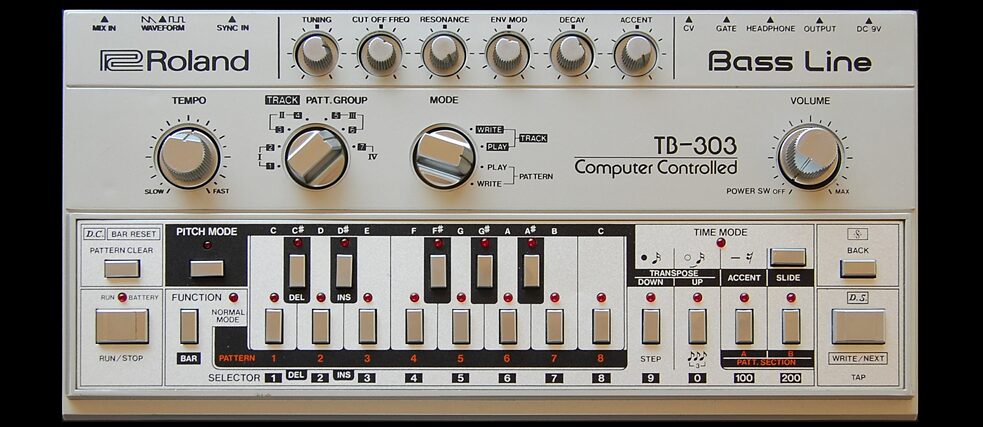Setting the stage
In the late 80s, as a new, hard, electronic sound originating from faraway Detroit suddenly emanated out of the loudspeakers of the clubs in the west of a still-divided Germany, the country's youth listened up.
The characteristic chirping of the Roland TB-303 Japanese bass synthesizer in its repetitive chromatic sequences and straight bass drum struck a nerve. The time for something new was ready. The revolutionary force of punk had worn off and the unruly hedonism of the glamorous 80s had turned out to be cynical in times of cold war.It was a dark and perspective-less time, amidst debates about nuclear power, acid rain, recession, Helmut Kohl, and superpowers that had long been increasingly hostile to each other. The destruction of the planet, in one way or another, no longer seemed unrealistic. Then the so-called Eastern Bloc collapsed. In 1989, the wall that had divided Germany into East and West fell. People from the two parts of the republic could finally come together, and celebrate together, defying doom and destruction. Techno provided the perfect soundtrack. The cautiously optimistic political climate of the time and the new sounds and technologies inspired a generation in the early 90s that was no longer in the mood for strife and fear, that saw a common path into a more peaceful future – and euphorically celebrated the dawn of this new era. In Berlin, Frankfurt, Cologne and many other German cities, radical subcultures developed independently of one another, aligning themselves with techno, house and a redefinition of the term "nightlife". When the various local scenes met at Berlin's third Love Parade in the summer of 1991, the trend grew into a nationwide movement. Eager to experiment and ready to cross borders, partiers became musicians, practicing as DJs at self-organized parties, and founding clubs, labels, or record stores. For a short time, a young generation activated itself to work together on the creation of its own microcosm. Away from established structures, a wide network emerged in which, for a moment, anything seemed possible.
About the dossier
The Techno Land dossier attempts a journey into Germany of the early 1990s and the techno culture that was emerging at that time, through images, stories and also music. This began as a cultural import from the USA, but then took on its own momentum that made it a part of German culture. We spoke with some of the protagonists of the era, dug up piles of old photos and hauled out our old records in the hopes of presenting as authentic a picture as possible of a subculture that changed Germany. Just how drastic of a change that was can be seen in Techno Worlds, the Goethe-Institut’s exhibition of techno-inspired art from around the world.
Thank you:
Translations (from German)Caroline Gagnon (to French)
Darryl Natale (to English)
The interviews were conducted by Dennis Kastrup.
Dancing letters: Monik Richter.
